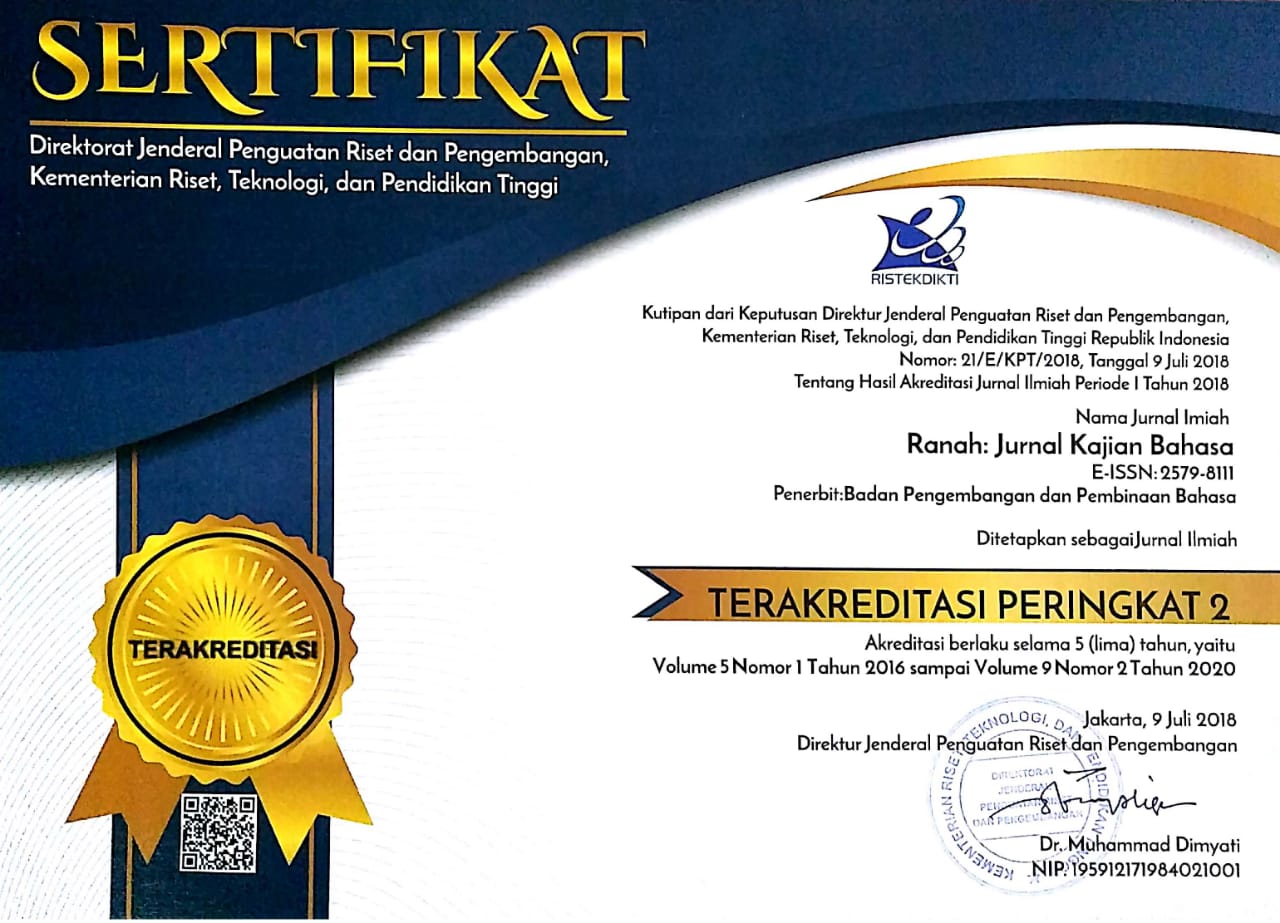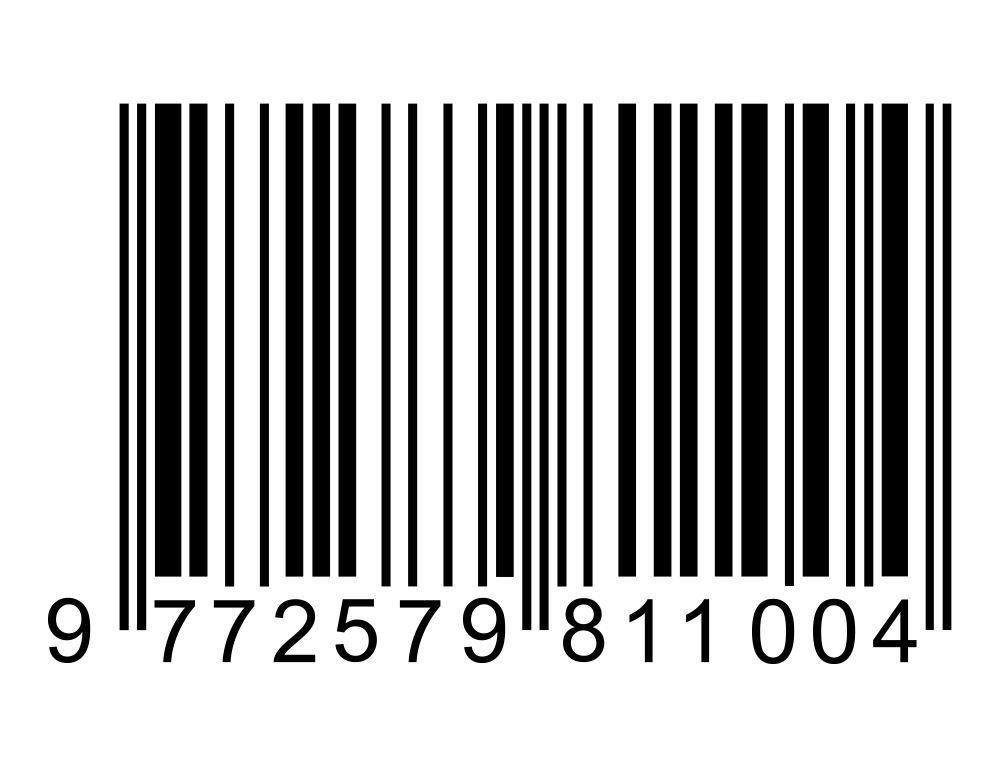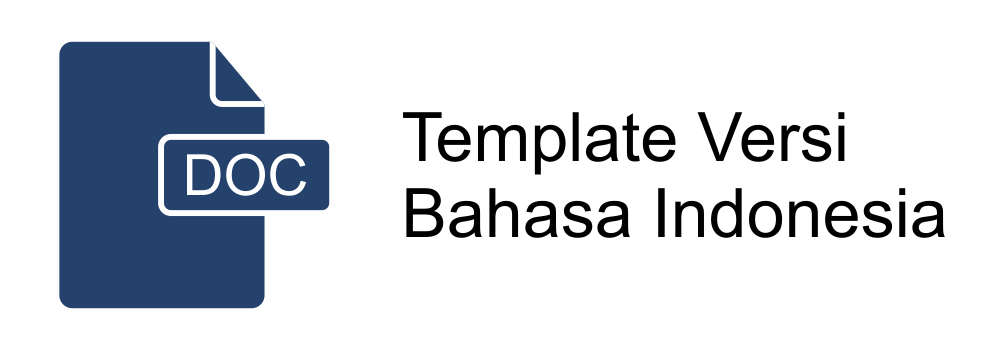How Psychopragmatic Studies Can Be an Approach to Seeing a Pattern of Covid-19 Spread
Abstract
The Covid-19 pandemic has caused widespread concern and apprehension among individuals globally, including those residing in Indonesia. This infectious disease primarily affects the respiratory system. This investigation uses psychopragmatic analysis to analyze various types of discourse that may contribute to the propagation of Covid-19 or coronavirus. Specifically, the study will focus on panic and anxiety speech, which are influenced by the speaker's psychological state. The theoretical framework employed in this research is based on Capano (2013). The utilized research methodology is founded on Sudaryanto's (2015) perspective, employing a distribution approach. The findings of this research indicate that a speaker's psychology can impact the development of Covid-19 in other speakers, as evidenced by the influence of panic and anxiety speech. This phenomenon arises from the experience of panic and anxiety, resulting in an excessive manifestation of fear and anxiety.
Abstrak
Pandemi Covid-19 telah menimbulkan kekhawatiran dan ketakutan yang meluas di kalangan individu secara global, termasuk mereka yang berada di Indonesia. Penyakit menular ini terutama memengaruhi sistem pernapasan. Investigasi ini bertujuan untuk menganalisis berbagai jenis wacana yang dapat berkontribusi pada penyebaran Covid-19 atau virus corona dengan menggunakan analisis psikopragmatik. Secara khusus, penelitian ini akan berfokus pada pidato panik dan kecemasan yang dipengaruhi oleh keadaan psikologis pembicara. Kerangka teori yang digunakan dalam penelitian ini didasarkan pada Capano (2013). Metodologi penelitian yang digunakan didasarkan pada perspektif Sudaryanto (2015), dengan menggunakan pendekatan distribusi. Temuan penelitian ini menunjukkan bahwa psikologi seorang pembicara dapat berdampak pada perkembangan Covid-19 pada pembicara lain, terbukti dengan pengaruh pidato panik dan kecemasan. Fenomena ini muncul dari pengalaman panik dan kecemasan, yang mengakibatkan manifestasi ketakutan dan kecemasan yang berlebihan.
Keywords
Full Text:
PDFReferences
Ahmadi, A., & Jauhar, M. (2015). Dasar - Dasar Psikolinguistik. Prestasi Pustaka.
Alessandro Capano, F. L. P. (2013). Perspectives in Pragmatics, Philosophy & Psychology. In Springer International Publishin (Vol. 1, Issue 1). Springer.
Badrfam, R., & Zandifar, A. (2020). COVID-19 and mental health: An Iranian perspective. Asian Journal of Psychiatry, 54, 102266.
https://doi.org/10.1016/j.ajp.2020.102266
Bai, L., & Wang, Y. X. (2022). (2022). Combating language and academic culture shocks - International stu- dents' agency in mobilizing their cultural capital. Journal OfDiversity in Higher Education, 1-23. https://doi.org/10.1037/dhe0000409
Bai, X., Fang, C., Zhou, Y., Bai, S., Liu, Z., Chen, Q., & Chen, W. (2020). Predicting COVID-19 malignant progression with AI techniques. MedRxiv, 2020-03.
https://doi.org/10.2139/ssrn.3557984
Bogdan, R. J. (2009). Predicative Minds: The Social Ontogeny of Propositional Thinking. In Predicative Minds. The MIT Press.
https://doi.org/10.7551/mitpress/7861.001.0001
Dar, A. A., & Deb, S. (2021). Mental health in the face of armed conflict: Experience from young adults of Kashmir. Journal of loss and trauma, 26(3), 287-297.
https://doi.org/10.1080/15325024.2020.1739367
Edwards, D. (2004). Discursive psychology. Handbook of Language and Social Interaction, 257-273.
https://doi.org/10.4324/9780429356032-4
Faisol, Y., Fitriyah, R., Fakhrurrazy, R., & Fauzy, R. (2022). Pragmatic Cyber Analysis In The Middle East Conflict News Text Views. Journal of Pragmatics and Discourse Research, 2(1), 20-30.
https://doi.org/10.51817/jpdr.v2i1.198
Ivan Lasan. (2016). EFL Learners' Perceptions of (In)Formality: Address Forms In Interaction With Other (In)Formal Register Markers. University of Toronto.
Jung, S. J., & Jun, J. Y. (2020). Mental health and psychological intervention amid COVID-19 outbreak: perspectives from South Korea. Yonsei medical journal, 61(4), 271-272.
https://doi.org/10.3349/ymj.2020.61.4.271
Maryelliwati, Rahmad, H. A., & Charaka, K. P. (2022). Minangkabau Traditional Theater in The Framework of Discourse Studies. Journal of Pragmatics and Discourse Research, 2(1), 31-38.
https://doi.org/10.51817/jpdr.v2i1.196
Ottman, O., Rahmad, H. A., & Yuhendri, R. (2023). Healthy Snacks : Multimodal Critical Discourse Analysis of Traditional Food Brand Corporate Storytelling. Journal of Pragmatics and Discourse Research, 03(01), 19-27. https://doi.org/10.51817/jpdr.v3i1.322
Paakkari, L., & Okan, O. (2020). COVID-19: health literacy is an underestimated problem. The Lancet Public Health, 5(5), e249-e250. https://doi.org/10.1016/S2468-2667(20)30086-4
Pranowo, N. F. N., & Firdaus, W. (2020). Penggunaan Bahasa Nonverbal dalam Upacara Adat Pernikahan Gaya Yogyakarta: Kajian Simbolik Etnopragmatik. Ranah: Jurnal Kajian Bahasa, 9(1), 35-55. https://doi.org/10.26499/rnh.v9i1.2321
Rahmat, W., Lateh, N. H. M., & Kurniawan, Y. (2022). How Do the Women Control Their Language Facing Certain Condition ? a Perspective of Psychopragmatics. International Journal of Language Education, 6(1), 36-45. https://doi.org/https://doi.org/10.26858/ijole.v6i1.30752
Rahmat, W., Tatalia, R. G., & Samsiarni. (2020). Pengantar Psikolinguistik: Teori dan Konsep Dasar.
Rahmat, W., Tiawati, R. L., Kemal, E., Tatalia, R. G., Azri, H., & Wulandari, Y. (2023). How Do the Young People Picture Out Their Use , Activeness , and Connectivity on Social Media ? A Discourse Analysis Approach. Journal of Communication Inquiry, 1-24. https://doi.org/10.1177/01968599231174848
Reskiania, M., Rahmat, W., & Nisja, I. (2018). Patient of Selective Mutism (Case Study Maya) Psycholinguistic Analysis. Salingka, Majalah Ilmiah Bahasa Dan Sastra, 15(2011), 79-90.
https://doi.org/10.26499/salingka.v15i01.255
Revita, I., Trioclarise, R., & Anggreiny, N. (2019). Psychopragmatic Analysis of Speech Act of The Perpetrators of The Violence Toward Minangkabau Women Analisis Psikopragmatik Tindak Tutur Pelaku Kekerasan Terhadap Perempuan Minangkabau. Jurnal Gramatika: Jurnal Penelitian Pendidikan Bahasa Dan Sastra Indonesia, 1(1962), 112-121. https://doi.org/10.21009/BAHTERA.161
Rohmadi, M. (2016). Kajian Psikopragmatik Pada Tindak Tutur Meminta Mas Yuma Dan Mas Briliant Pada Ranah Keluarga Yuma Perkasa Group. Seminar Nasional Prasasti (Pragmatik: Sastra dan Linguistik), 95-103.
Sari, N., Rahmat, W., & Samsiarni. (2021). News of Violence In Posmetro Padang Daily, A Study of Discourse Analysis. Journal of Pragmatics and Discourse Research, 1(1), 19-25. https://doi.org/10.51817/jpdr.v1i1.132
Schinka, J. A., & Velicer, W. F. (2003). Handbook of psychology. Volume 2: Research methods in psychology (Vol. 2). John Wiley & Sons, Inc.
Sudaryanto. (2015). Metode dan Aneka Teknik Analisis Bahasa Pengantar Penelitian Wahana Kebudayaan Secara Linguistis. Penerbit USD.
Suharni, Saidi, S. B., & Medina, S. (2022). Theo Van Leuwen's Theory of Inclusion In Criminal News On Facebook: A Critical Discourse Analysis. Journal of Pragmatics and Discourse Research, 2(2), 26-33. https://doi.org/10.51817/jpdr.v2i2.205
Tarigan, D. M. B. (2015). Tindak Tutur Ilokusi dan Pelanggaran Prinsip Kerjasama pada Penderita Skizofrenia: Kajian Psikopragmatik [Universitas Sumatera Utara]. http://repositori.usu.ac.id/handle/123456789/21507
Tiawati, R. L., Rahmat, W., Kemal, E., & Chen, W. (2022). The Importance of Guidance In Understanding Cultural Discourse In Thinking and Speaking For Foreign Students In BIPA Program. Journal of Pragmatics and Discourse Research, 2(1), 39-47. https://doi.org/10.51817/jpdr.v2i1.203
Wincana, G., Rahmat, W., & Tatalia, R. G. (2022). Linguistic Tendencies of Anorexia Nervosa on Social Media Users. Journal of Pragmatics and Discourse Research, 2(1), 1-9. https://doi.org/10.51817/jpdr.v2i1.185
Xiang, Y. T., Yang, Y., Li, W., Zhang, L., Zhang, Q., Cheung, T., & Ng, C. H. (2020). Timely mental health care for the 2019 novel coronavirus outbreak is urgentlyneeded. The lancet psychiatry, 7(3), 228-229.
https://doi.org/10.1016/S2215-0366(20)30046-8
Xu, J., Li, Y., Gan, F., Du, Y., & Yao, Y. (2020). Salivary glands: potential reservoirs for COVID-19 asymptomatic infection. Journal of dental research, 99(8), 989-989.
https://doi.org/10.1177/0022034520918518
Yule, G. (2006). Pragmatik. Pustaka Pelajar. https://doi.org/10.22201/fq.18708404e.2004.3.66178
DOI: https://doi.org/10.26499/rnh.v12i1.2391
Refbacks
- There are currently no refbacks.








